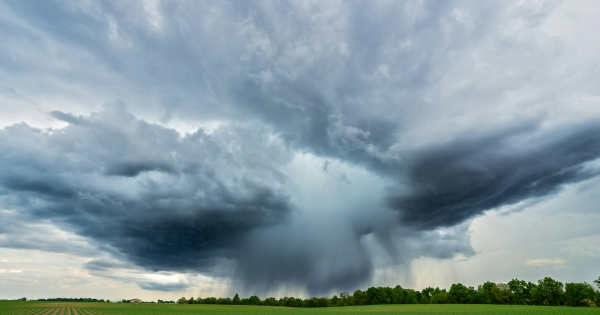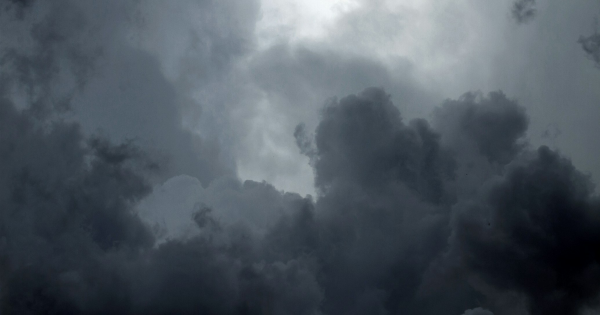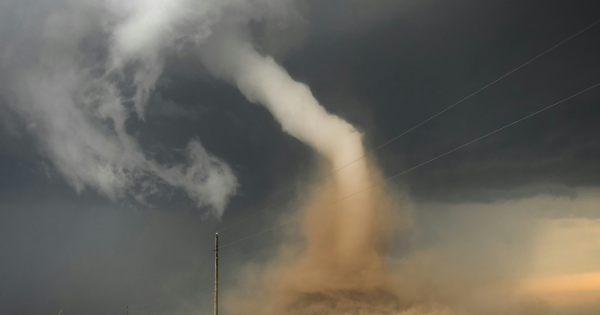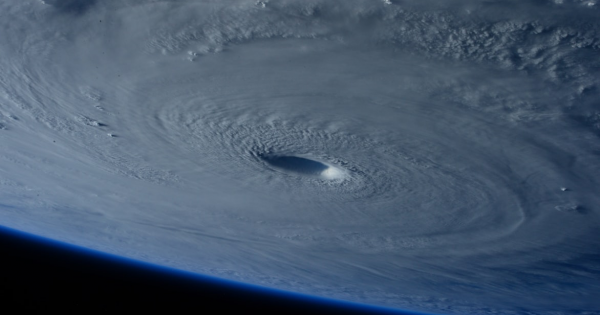Tornado Warning
A tornado has been spotted or indicated by radar. Seek shelter immediately in a safe, enclosed space away from windows to protect yourself and your family.
See the current LIVE alerts.
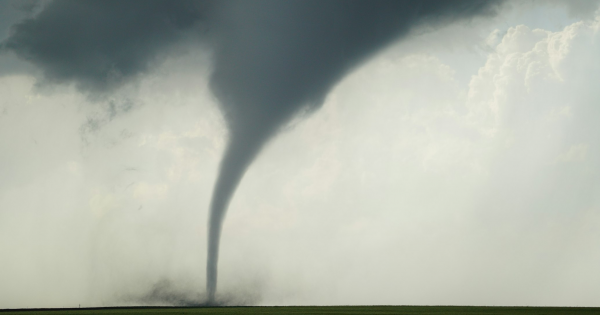
Understanding a Tornado Warning
A Tornado Warning is a critical alert issued by meteorological agencies indicating that a tornado has been sighted by trained spotters or detected on radar in your area. This warning signifies an imminent threat to life and property, urging residents to take immediate action to protect themselves.
What a Tornado Warning Means
When a Tornado Warning is issued, it means that a tornado has been observed, either visually or on weather radar, and poses a serious danger to those in the warning area. This is a more urgent alert than a Tornado Watch, which only indicates that conditions are favorable for tornado development. A Tornado Warning requires immediate action as a tornado may be imminent or already occurring.
How to Prepare for a Tornado Warning
Preparation is key to ensuring safety during a Tornado Warning. Follow these steps to protect yourself and your loved ones:
- Seek Shelter Immediately: Move to a small, windowless interior room on the lowest level of a sturdy building, such as a basement or storm cellar. If underground shelter is unavailable, choose an interior hallway or room on the lowest floor.
- Avoid Windows: Stay away from windows to prevent injury from shattered glass and debris.
- Protect Your Head: Use helmets, blankets, or mattresses to shield your head and neck from flying debris.
- Stay Informed: Keep a battery-powered weather radio or mobile device with weather alerts handy to receive updates on the storm's path and duration.
- Have an Emergency Kit: Prepare a kit with essentials such as water, non-perishable food, flashlight, batteries, first aid supplies, and important documents.
When is a Tornado Warning Issued?
A Tornado Warning is issued when a tornado is confirmed by weather observers or indicated by Doppler radar. These warnings are typically issued by the National Weather Service or equivalent meteorological organizations and are intended to provide as much lead time as possible for affected individuals to take cover. The duration of a warning can vary, but it usually lasts for about 30 minutes to an hour, depending on the storm's speed and trajectory.
